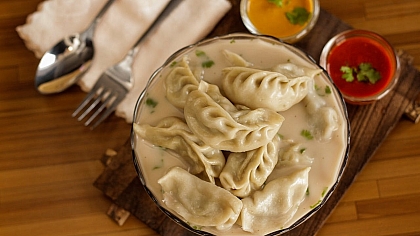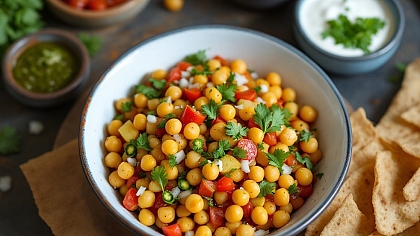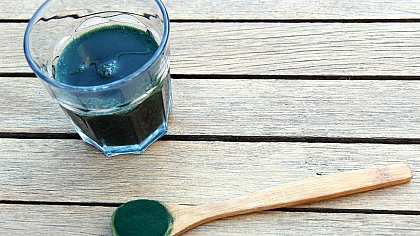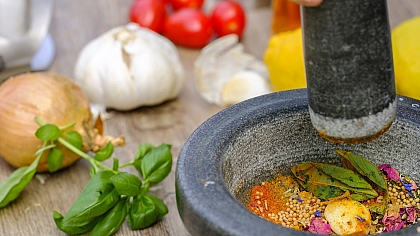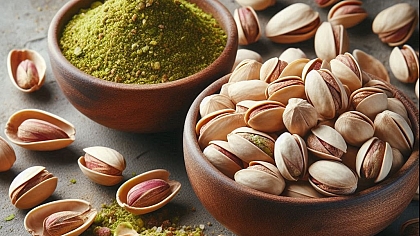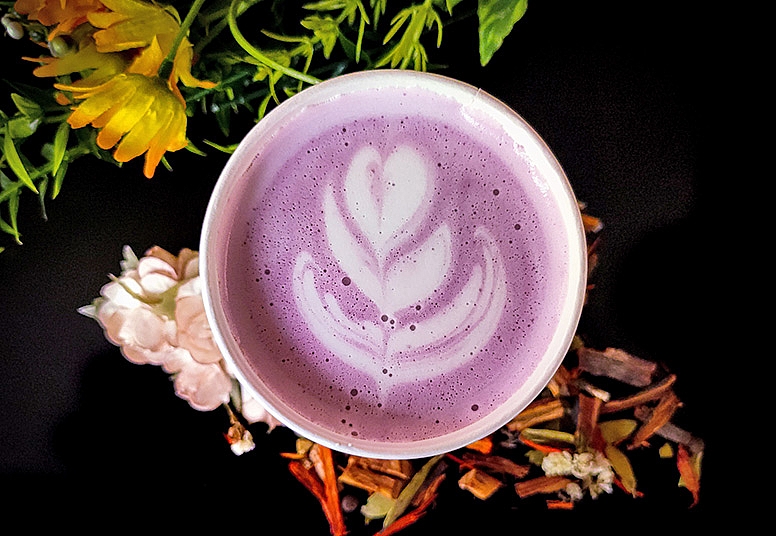
What is Taro and Why is it Purple?
Taro is a root vegetable that is widely used in many cuisines around the world. It is also known by other names such as cocoyam, dasheen, and eddoe. The plant is a member of the Araceae family and is native to Southeast Asia and India. The plant is cultivated for its starchy root, which is often used in cooking.
Taro has a brown, hairy exterior and a white, starchy interior. It can be prepared in many different ways, including boiled, fried, mashed, or roasted. Taro is a versatile ingredient and can be used in sweet or savoury dishes, such as soups, stews, curries, desserts, and snacks.
Taro is also a good source of dietary fibre, vitamins, and minerals, and has been used in traditional medicine for its various health benefits. However, it should be noted that raw taro can be toxic if not properly prepared, so it is important to cook it thoroughly before consumption.
Why is Taro Purple?
Not all taro is purple, but some varieties of taro do have a purple colour. The purple colour in taro is due to the presence of anthocyanins, which are natural pigments that are also found in many other purple foods such as blueberries and grapes.

Anthocyanins are water-soluble pigments that are produced by the plant in response to environmental factors such as light, temperature, and soil conditions. They play a role in protecting the plant from UV radiation and other stresses and also attract pollinators and seed dispersers.
In purple taro, the anthocyanins are concentrated in the outer layer of the root, giving it a purple colour. The interior of the root is usually still white or cream-coloured. The purple colour of taro can also vary depending on the pH of the soil it is grown in, with more acidic soils producing a deeper purple colour.
Overall, the purple colour of taro is a result of natural processes within the plant, and it adds both visual interest and potential health benefits to this versatile root vegetable.
Appearance and Varieties
Taro is a root vegetable that grows underground, similar to a potato. The plant has large, heart-shaped leaves that grow up to three feet long, and the root itself is bulbous and knobby. Taro skin can vary in colour from brown to grey, and the flesh inside can range from white to beige or purple, depending on the variety.
There are many different varieties of taro, each with its unique characteristics. Some of the most common types of taro include:
Hawaiian taro: This variety is native to Hawaii and is traditionally used to make poi, a starchy paste made by fermenting taro with water.
Chinese taro: Also known as yamaimo or satoimo, this variety is grown in China, Japan, and other parts of Asia. It has thin, brown skin and creamy white flesh.
Japanese taro: This variety is also known as nagaimo or Tororo, and is used in many traditional Japanese dishes. It has thin, brown skin and a slimy texture when grated.
Indian taro: This variety, also known as arbi, is grown in India and other parts of South Asia. It has a hairy exterior and creamy white flesh.
Nutritional Benefits
Taro is a nutritious vegetable that is rich in fibre, vitamins, and minerals. Here are some of the key nutrients found in taro:
Fibre: Taro is a good source of dietary fibre, which can help promote healthy digestion and prevent constipation.
Potassium: Taro is a rich source of potassium, an essential mineral that is important for heart health and blood pressure regulation.
Magnesium: Taro is also a good source of magnesium, which is important for healthy bones, muscles, and nerves.
Vitamins: Taro is a good source of several vitamins, including vitamin C, vitamin E, and B vitamins.
Resistant Starch: Taro contains resistant starch which can act as a prebiotic, supporting the growth of beneficial gut bacteria.
What are the Health Benefits of Taro?
Taro is a nutritious root vegetable that offers a range of health benefits. Here are some potential health benefits of consuming taro:
Rich in Nutrients: Taro is a good source of dietary fibre, potassium, magnesium, calcium, vitamin C, vitamin E, and B vitamins, among other nutrients. These nutrients are important for maintaining good health and reducing the risk of chronic diseases.
May Support Digestive Health: The fibre content in taro can help promote healthy digestion and prevent constipation. The resistant starch in taro may also act as a prebiotic, supporting the growth of beneficial gut bacteria.
May Help Manage Blood Sugar: The high fibre and resistant starch content in taro may help regulate blood sugar levels and prevent spikes in blood glucose after meals. This can be beneficial for people with diabetes or those at risk of developing diabetes.
May Lower Cholesterol Levels: Some studies have suggested that taro may help reduce total cholesterol and LDL (bad) cholesterol levels, which can lower the risk of heart disease.
May Boost Immune Function: Taro is a good source of vitamin C, which is important for immune system function. It also contains antioxidants such as anthocyanins, which can help protect against oxidative stress and inflammation.
May Support Brain Health: The potassium content in taro may help support healthy brain function and improve cognitive performance.
As with any dietary change or supplement, it's always a good idea to speak with a healthcare provider before making significant changes to your diet.
Which Recipes Can Be Made with Taro?

Taro is a versatile ingredient that can be used in a variety of sweet and savoury dishes. Here are some popular recipes that can be made with taro:
Taro Chips: Thinly slice taro root and fry until crisp and golden brown. Sprinkle with salt or other seasonings for a tasty snack.
Taro Soup: Boil taro root with vegetables, herbs, and spices to make a hearty and comforting soup.
Taro Fries: Cut taro root into fry-shaped pieces and bake or fry until crispy. Serve with your favourite dipping sauce.
Taro Cake: Combine taro root with rice flour, sugar, coconut milk, and other ingredients to make a delicious cake.
Taro Smoothie: Blend cooked taro root with milk, ice, and sweeten for a creamy and nutritious smoothie.
Taro Pudding: Mix taro root with coconut milk, sugar, and cornstarch to make a thick and creamy pudding.
Taro Curry: Cook taro root with spices, coconut milk, and vegetables for a flavourful and satisfying curry.

Taro Ice Cream: Blend cooked taro root with cream, sugar, and vanilla extract to make a rich and creamy ice cream.
These are just a few examples of the many recipes that can be made with taro. Taro can be a great addition to a wide range of dishes and can add both flavour and nutrition.
Is Taro Sweet or Savoury?
Taro can be used in both sweet and savoury dishes. Its mildly sweet and nutty flavour makes it a versatile ingredient that can be used in a variety of dishes.
In savoury dishes, taro can be used in stews, soups, curries, and stir-fries. It can also be mashed or pureed and used as a side dish, similar to mashed potatoes.
In sweet dishes, taro can be used in cakes, puddings, smoothies, and ice cream. Its starchy texture can add creaminess to desserts and its natural sweetness can reduce the need for added sugar.
Overall, taro's flavour is relatively neutral and can be adapted to suit a wide range of cuisines and dishes, whether sweet or savoury.

